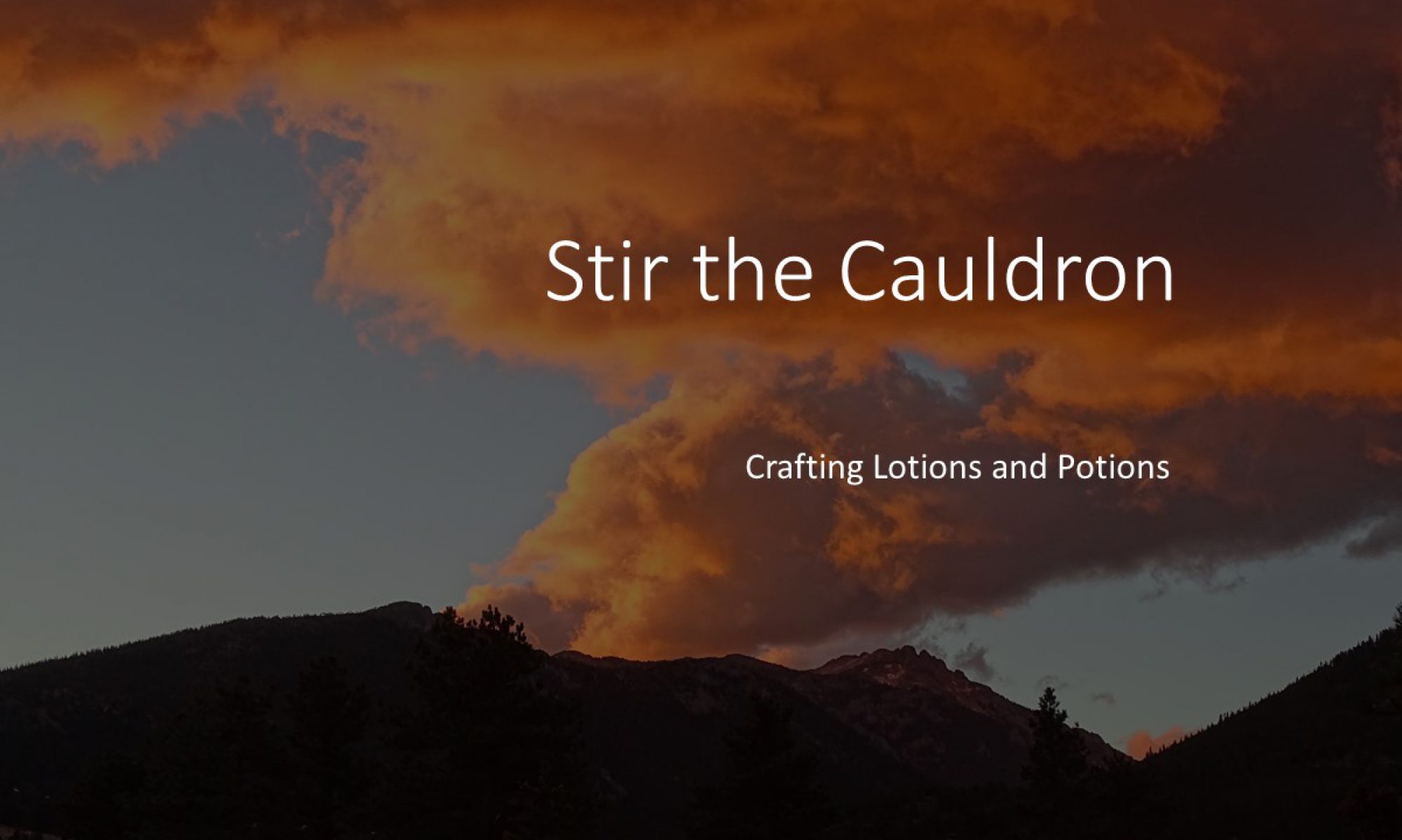I started writing about a seasonal perfume for Ostaria, or Ēostre, or Easter, or the Vernal Equinox, or the Spring Equinox, or however you may choose to mark that part of the year. Partway through I realised that a significant part of the post was about Damiana.

Damiana (Turnera Diffusa) is a small shrub that is native to parts of Central and South America, certain States in the south of the United States, and some Caribbean islands. It belongs to the plant family Passifloraceae, the same family as the Passion Flower and Passion Fruit. This gives a clue as to the main uses of Damiana – it is reputed to be a powerful aphrodisiac.
Herbal uses of Damiana
I say “reputed to be an aphrodisiac” because the evidence is almost entirely in folklore. There’s very little clinical evidence, and it appears inconclusive. I’ve found one study in 2009 which dealt with the sexual performance of male rats, which reported a positive result in a small sample population. Most other studies have looked at the efficacy of herbal blends in which Damiana was present. Other components of these blends included ginseng, ginkgo, guarana and vitamins.
The lack of conclusive clinical evidence doesn’t affect the popularity of Damiana in herbal products. Health stores such as Holland and Barrett in the UK sell Damiana leaf in capsule. Baldwins sell Damiana as a tincture.
Although most preparations including Damiana use the dried leaves, either in capsules or as a herb tea, or even a herbal smoking mixture, an essential oil can be produced from the leaves and woody part of the plant by steam distillation. This essential oil appears in a limited selection of essential oil catalogues. Many essential oil reference books don’t list it. (You won’t find it in the Aqua Oleum range, or at Neal’s Yard, at Naissance or even Mystic Moments. There are no suppliers of Damiana essential oil supplying through Amazon UK at the time of writing.) A web search will turn up some suppliers, but a word of caution – some of the oils that are offered are either essential oils that have been diluted with a carrier, or the herb has been diffused into a base oil (so not an essential oil at all).
DAMIANA AS FRAGRANCE
My interest in Damiana essential oil gives a brief nod to the fact that festivals celebrating with eggs and rabbits were never really chaste. Its potential aphrodisiac properties suggested it as a component in a seasonal perfume for the Spring Equinox. I chose to use it as the starting point in developing my seasonal fragrance.
Damiana has been used in commercial perfumes. Fragrantica lists two, both produced by boutique perfumiers specialising in natural perfumery.
Damiana has a distinctive, but rather elusive scent. I’ve seen it listed as a Head note and a Heart note, so that suggests it’s slightly heavier than most Head notes, but at the light end of Heart notes. The scent is described as “woody or mossy”, and also as “spiced orange”. I’d lean towards the “woody or mossy” description, but I can appreciate the spiced citrus description too.
My Spring Equinox perfume is intended as fragrance for a cold cream, and I tend to use reduced quantities of Head notes for such applications. The Heart notes are at the lighter end of that classification. Litsea Cubea and Melissa reinforce the citrus qualities of the Damiana. A little Neroli gives just a suggestion of something floral. Rosemary plays to the Damiana’s wood and spice. Vetiver underpins all the other notes with persistent wood and spice:
Heart
-
- Damiana (10 drops)
- Litsea Cubea (May Chang) (4 drops)
- Melissa (4 drops)
- Rosemary (3 drops)
- Neroli (3 drops)
Bass
-
- Vetiver (6 drops)
This is the second year that I’ve used this blend. It’s becoming established in my recipe book as Ostara.

One Reply to “D is for: Damiana”
Comments are closed.